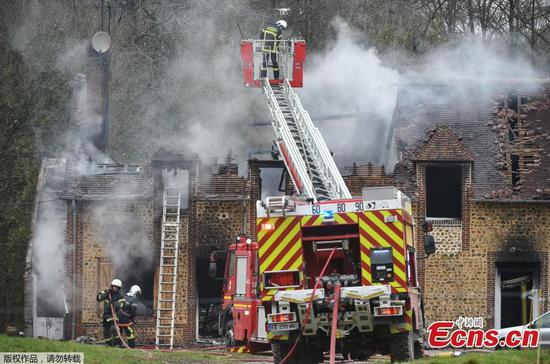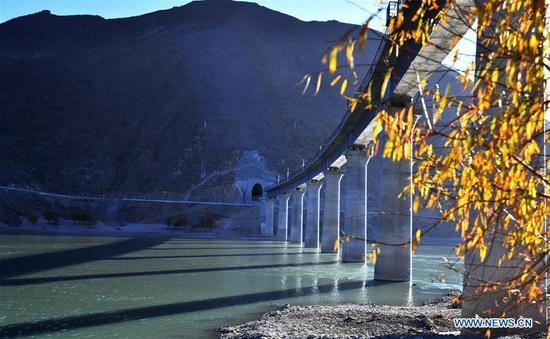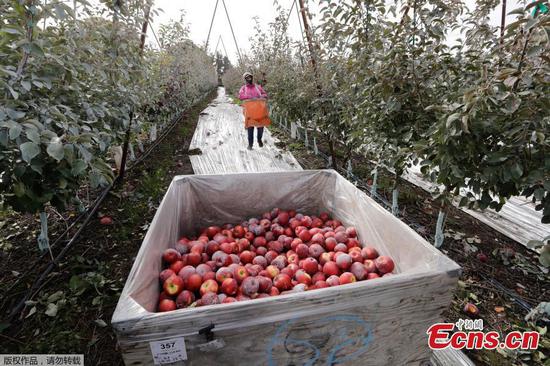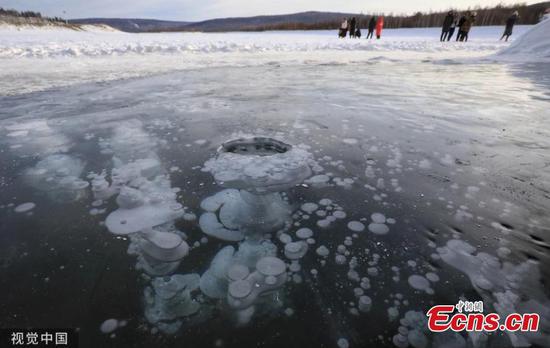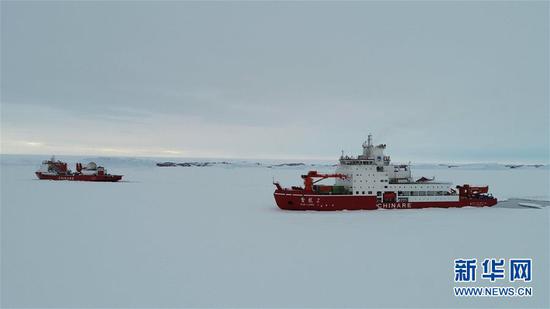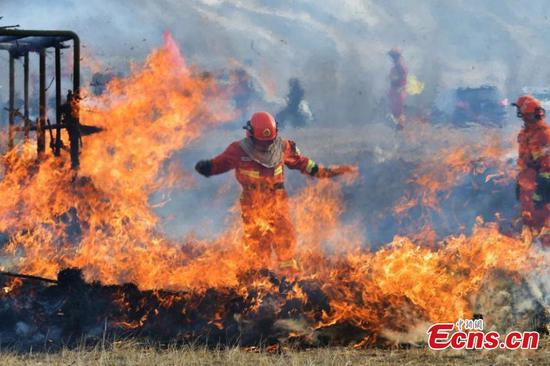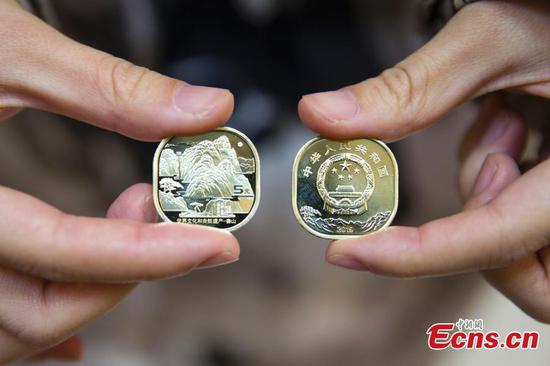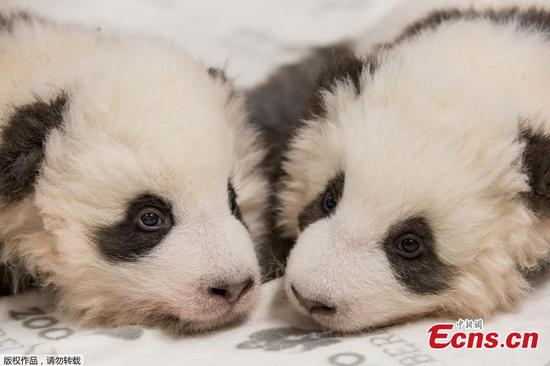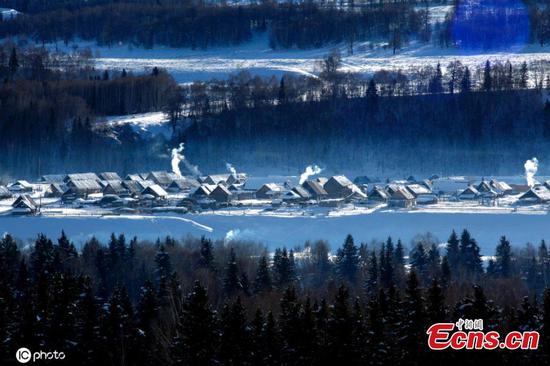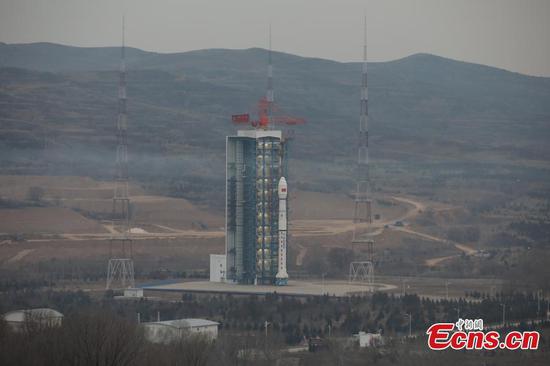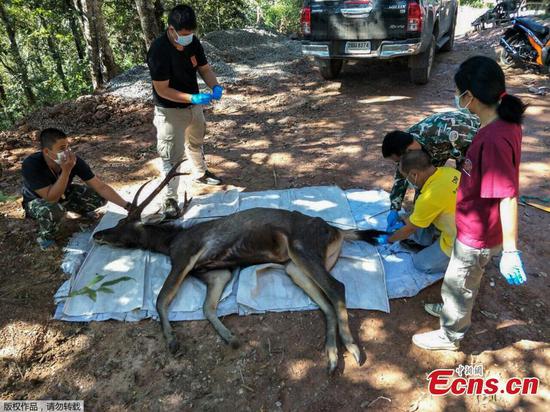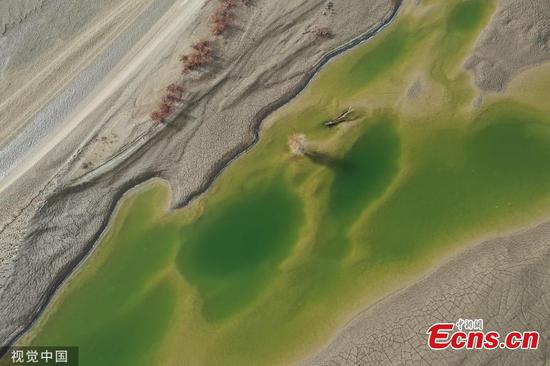The east-route of China-Russia natural gas pipeline went into operation on Monday, setting a new milestone for deepened energy cooperation between the two countries.
In 2014, China National Petroleum Corporation (CNPC) and Russia's Gazprom signed a 30-year, 400-billion-U.S.-dollar gas supply deal. The construction kicked off in June 2015, and it will be completed in 2020.
The project connects the world's largest natural gas supplier and the most potential natural gas consumer market. It is the first natural gas pipeline between China and Russia and also the first cross-border gas pipeline in northeast China.
With a total length of 5,111 kilometers, the Chinese part of the east route pipeline passes through eight provinces and one municipality from Heilongjiang Province in the north to Shanghai in the east. And 3,371 kilometers of the pipelines were newly constructed and 1,740 kilometers of the pipelines were in service before.
The 3,371-km-long Chinese section of the pipeline, together with the 3,000-km-long Russian part, is expected to pump 38 billion cubic meters of natural gas from Russia to China each year when it runs at full capacity.
The east-route pipeline is not only supplied to China, but also to consumers in Russia's Far East. For cities along the route, this project can create jobs and bring in more income for the locals, further promoting the economic and social development in Russia.
Energy cooperation continues to advance
Looking back, China-Russia energy cooperation continued to advance. In 2011 and 2018, the first and second lines of China-Russia crude oil pipelines were successively put into commercial operation, and 30 million tons of crude oil was imported into China each year.
In 2017, the first production line of the Yamal project was put into operation. The project was jointly developed by Russia's Novartek, China's CNPC, France's Total and China Silk Road Fund.
In July 2018, the first ship of Yamal LNG supplied to China, and CNPC will import three million tons of Yamal LNG each year starting from 2019.
In addition, cooperation on liquefied petroleum gas (LPG) between China and Russia is also flourishing.
In August this year, the first two trains carrying 1,150 tons of LPG departed from Russia and entered China via Manzhouli land port, trailblazing land transportation of LPG between the two countries. China may be able to receive an estimated 100,000 tons of Russia-produced LPG by early 2020, Xinhua reported.











